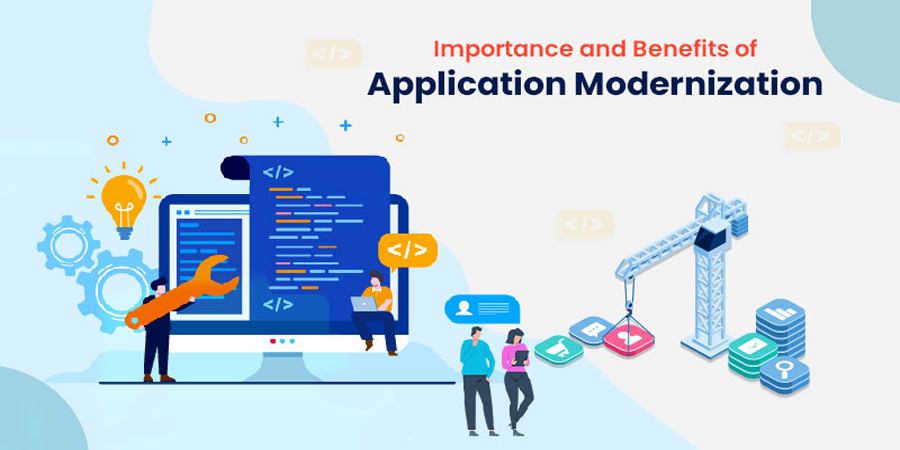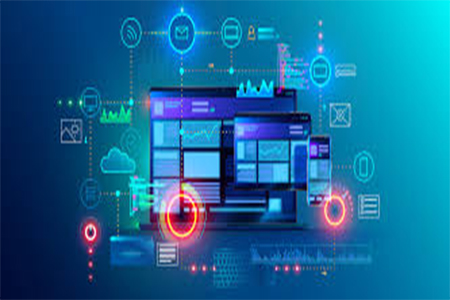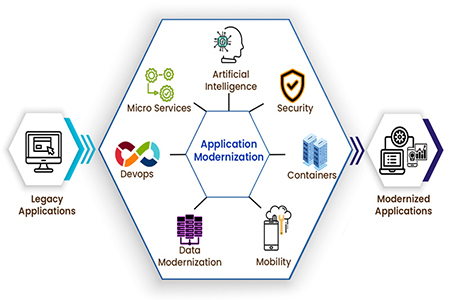privacy policy item Title goes here
Lorem ipsum dolor sit amet consectetur adipisicing elit. Asperiores saepe, labore sequi libero nesciunt optio quidem iste, dolorum nostrum ex at. Recusandae ducimus aut autem temporibus tempore rerum, consequuntur doloribus perspiciatis, labore totam dolorem veritatis repellendus omnis illo sint ut?
privacy policy item Title goes here
Lorem ipsum dolor sit amet consectetur adipisicing elit. Asperiores saepe, labore sequi libero nesciunt optio quidem iste, dolorum nostrum ex at. Recusandae ducimus aut autem temporibus tempore rerum, consequuntur doloribus perspiciatis, labore totam dolorem veritatis repellendus omnis illo sint ut?
privacy policy item Title goes here
Lorem ipsum dolor sit amet consectetur adipisicing elit. Asperiores saepe, labore sequi libero nesciunt optio quidem iste, dolorum nostrum ex at. Recusandae ducimus aut autem temporibus tempore rerum, consequuntur doloribus perspiciatis, labore totam dolorem veritatis repellendus omnis illo sint ut?
privacy policy item Title goes here
Lorem ipsum dolor sit amet consectetur adipisicing elit. Asperiores saepe, labore sequi libero nesciunt optio quidem iste, dolorum nostrum ex at. Recusandae ducimus aut autem temporibus tempore rerum, consequuntur doloribus perspiciatis, labore totam dolorem veritatis repellendus omnis illo sint ut?
privacy policy item Title goes here
Lorem ipsum dolor sit amet consectetur adipisicing elit. Asperiores saepe, labore sequi libero nesciunt optio quidem iste, dolorum nostrum ex at. Recusandae ducimus aut autem temporibus tempore rerum, consequuntur doloribus perspiciatis, labore totam dolorem veritatis repellendus omnis illo sint ut?
privacy policy item Title goes here
Lorem ipsum dolor sit amet consectetur adipisicing elit. Asperiores saepe, labore sequi libero nesciunt optio quidem iste, dolorum nostrum ex at. Recusandae ducimus aut autem temporibus tempore rerum, consequuntur doloribus perspiciatis, labore totam dolorem veritatis repellendus omnis illo sint ut?


